Humans have climbed to the top of the food chain, and it’s shamefully easy to find almost anything we want at the local grocery store. Even so, a world-ending event could shake the foundations of society and throw us back into the stone age.
Fortunately, there are ways of finding food in a number of SHTF scenarios. Even in today’s industrialized world, opportunities exist to forage for meals. It doesn’t matter if you live in a city or rural area, you can find nutrient-dense food if you know where to look.
So, where should you start?
1. Learn Your Area
One of the most important steps in scavenging is knowing where to forage. Your city or state may have unique characteristics compared to the rest of the country. One way to better understand the land is to read books or scientific articles documenting the plant and wildlife in the area. They’ll give you an idea of what you can eat, where you can find these foods and what you should avoid.
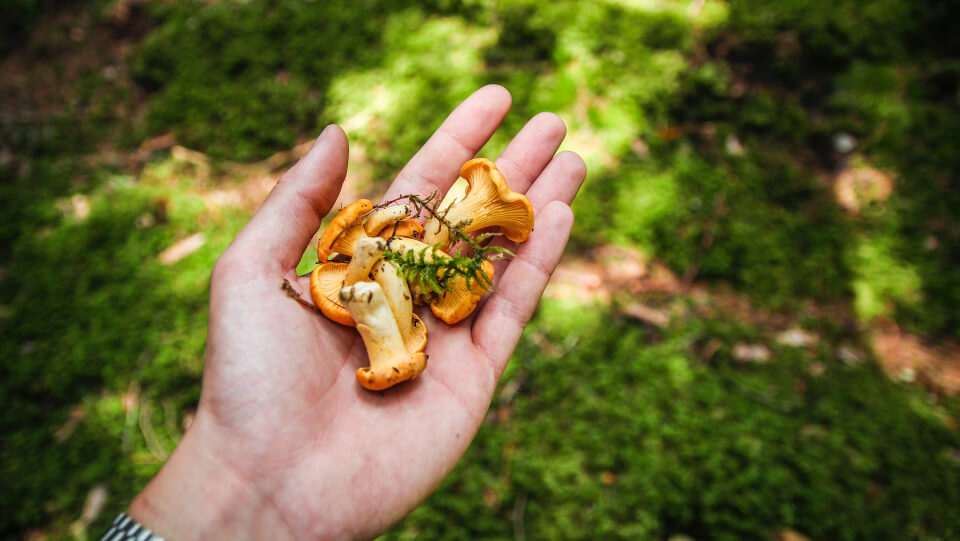
Another option is to find a mentor or guide who has foraged the area for a long time. They can guide you and give you hands-on experience scavenging in the city and the woods. Books and journals are great, but they likely can’t teach what a mentor will. Take advantage of the larger survivalist community.
2. Scavenge on Public Paths
When scavenging, it’s best to know where you can and cannot forage. You should stick to public lands and pathways anybody can access. Private property owners likely don’t want to see you walking on their grounds to gather items. If you really want to go on private land, request permission from the owner.
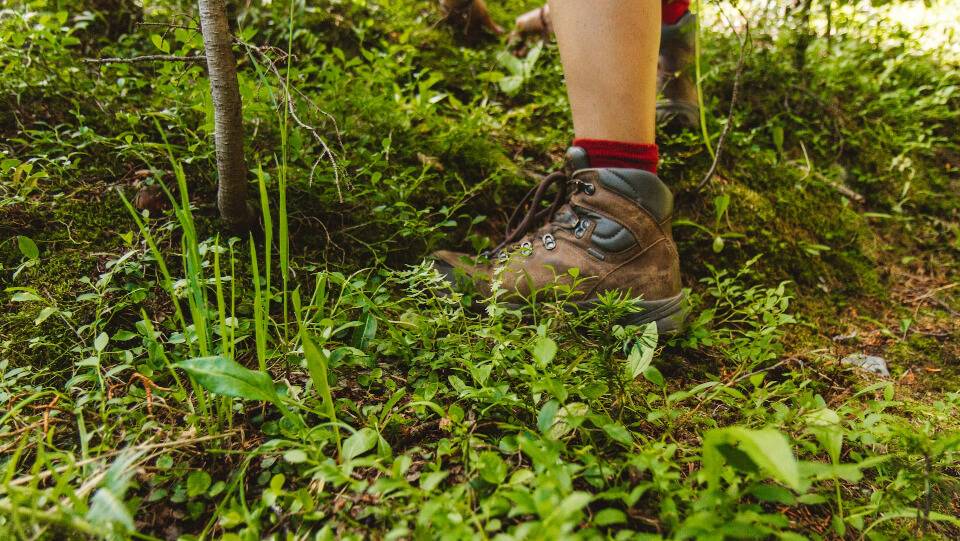
There are plenty of public spaces where you can search for nutrient-dense food and water. The countryside and forests are practical places to start. If you live in a city, a public park could provide opportunities for food. However, be sure not to gather food close to a busy street. Cars emit fumes that can harm wild plants.
3. Search for Water
If you’re in an SHTF situation, water is the most critical resource you need for survival. The human body can survive nearly a month without food but can only go a few days without water. If push comes to shove, prioritize safe drinking water when scavenging.
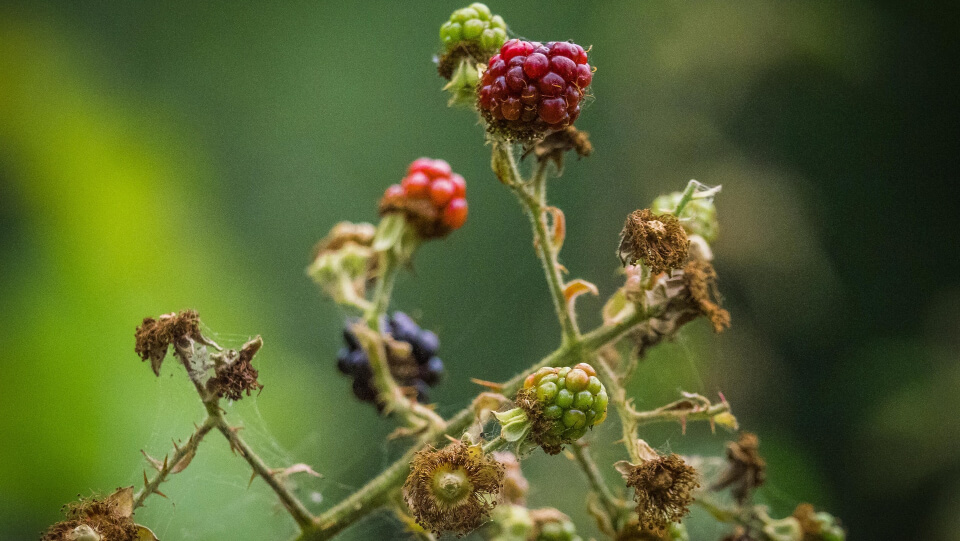
You have a few options for finding water in cities. One of your best bets is an abandoned home because water is likely inside appliances. For example, a water heater typically holds 40 to 50 gallons. Pipes in the house, toilet tanks and other appliances can be formidable sources if desperate times call for desperate measures.
There are many options to find drinking water outside. Fountains, pools, ponds and garden hoses are good sources. You’ll want to treat the water, considering it could be dirty or have too many chemicals for consumption. Don’t discount rainwater. Areas with regular precipitation can provide a good source of drinking water that typically doesn’t need treatment.
4. Be Intentional About the Type of Food
If you have water taken care of, the next step is to find food. For survival and daily life, it’s helpful to think about your macronutrients: protein, carbs and fats. Satisfying these three nutrient groups will help you maintain a healthy lifestyle while foraging. Protein is essential for your body because it helps build and maintain strong muscles. Scavenging for protein may seem complicated, but there are easy ways to do it.
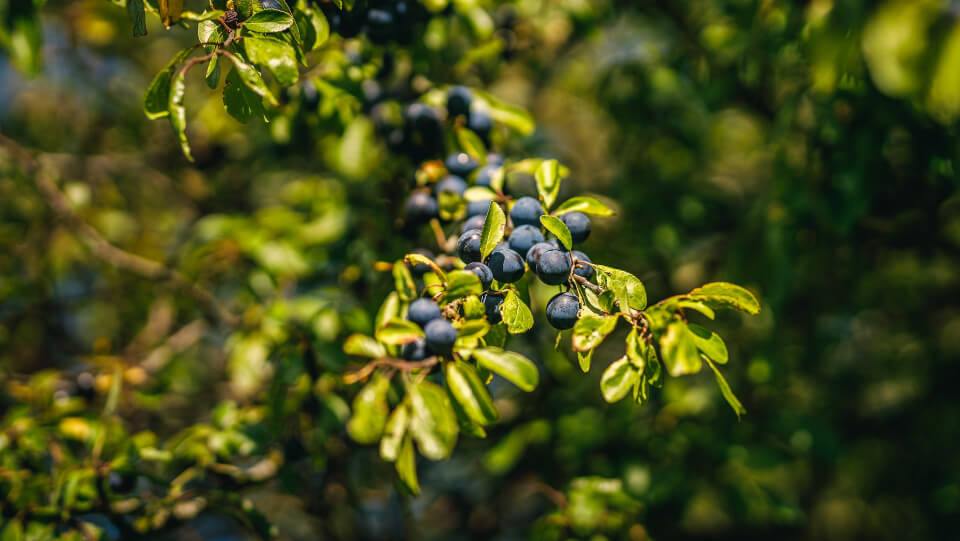
There are many opportunities to get protein if you live in a coastal area. An excellent example is scallops. These morsels require little effort to collect, and they’re a nutrient-dense food that’s ideal if you like seafood. Bay scallops, in particular, are solid choices because they’re close to the bay and estuaries in shallow waters. You can expect to collect about 100 pieces per pound.
5. Pick Plants but Be Careful
Besides meat, another easy type of food group to forage is plants. Do you remember picking blackberry bushes as a kid? These berries are tasty and can come in handy when scavenging for food. Depending on your area, you may find other plants for consumption, like chestnuts, wild garlic, edible mushrooms, chickweed and wild onions.
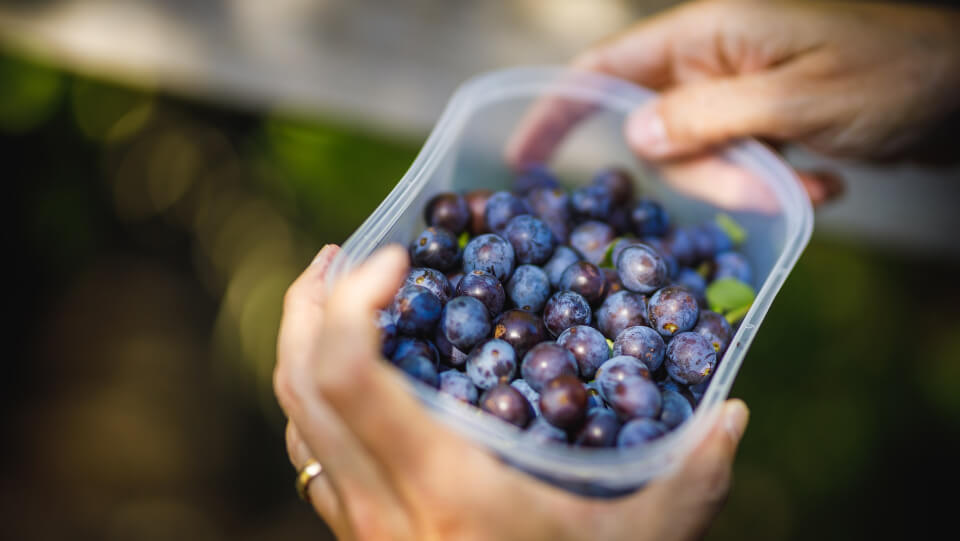
Plants are an easy source of nutrient-dense food, but you should be wary when foraging. One of your top concerns is ingesting poisonous food that can make you ill and irritate your skin if you even touch it. A rule of thumb when scavenging plants is to avoid anything with milky saps, spines or waxy leaves. There may be some plants, such as elderberries, where one part is edible, but the rest is poisonous.
6. Be Mindful When Scavenging
Scavenging can save your life in emergencies. However, it helps to practice mindfulness when foraging for edible food. You never know how long you’ll need to scavenge, so doing your part to maintain an area of plants can help you and others forage for as long as you need it.
An example of practicing mindfulness is only taking a small portion of the plants in a patch. You should respect colonies of plants by taking 10% or fewer of what’s available to ensure you aren’t overharvesting. Also, it helps only to take the part of the plant you’re using. Don’t uproot the crop because that could eliminate its ability to grow back later. Lastly, don’t pick plants you know are endangered since their extinction could be detrimental to the local environment.
Scavenging for Nutrient-Dense Food
Hunting and gathering are in your DNA. Your ancestors have been doing it since the beginning of human life. Food and drink may be easier to access now, but you never know when SHTF situations will arise. Use this guide to help you scavenge for nutrient-dense meals and survive any scenario.
It’s worth noting that many older survivalists and preppers have to contend with arthritis, and other ailments, that cause pain and can limit their mobility. In those instances, CBD gummies are a good product to carry while hiking and scavenging for food to overcome chronic pain.
Author Bio: Oscar Collins is the editor-in-chief at Modded. Follow him on Twitter @TModded for frequent updates on his work!

